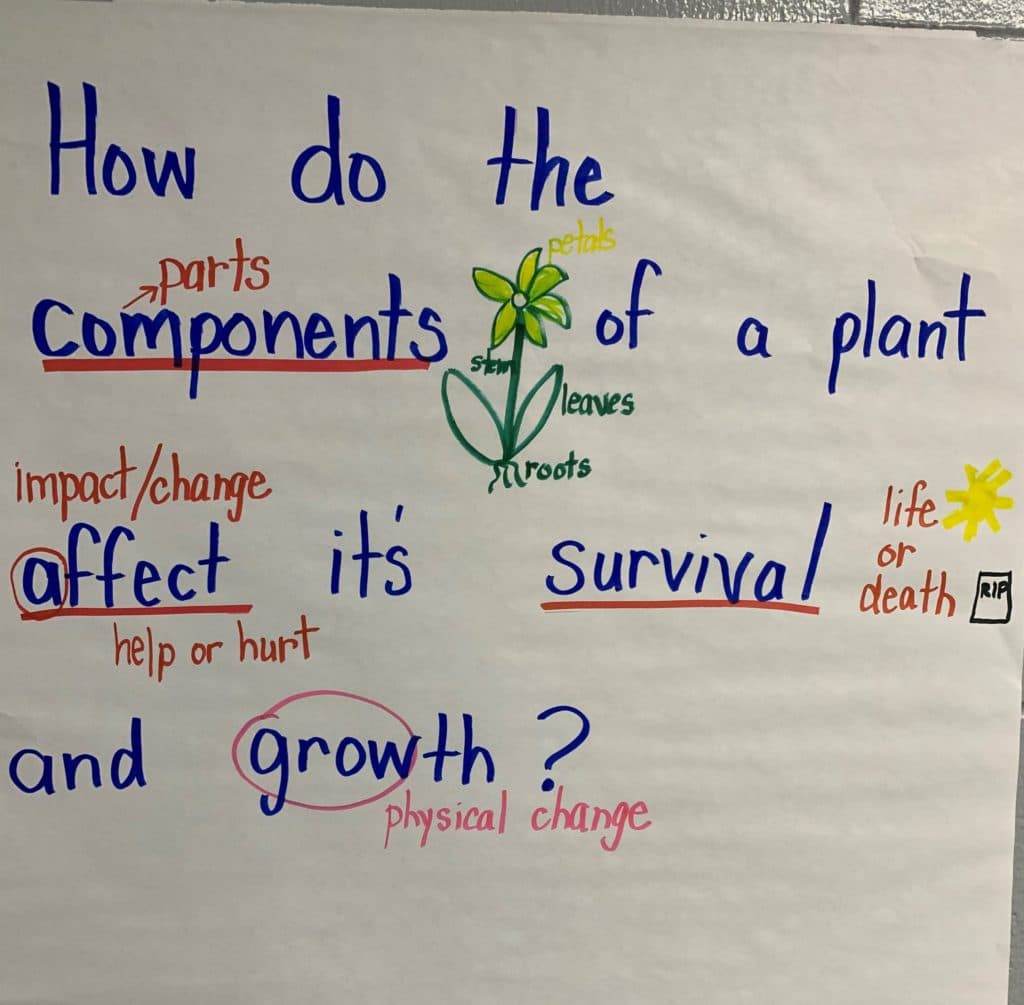Micro Habits: Small Changes Lead to Significant Habits
August 27, 2019 February 6, 2024
In the book, Atomic Habits, author James Clear illustrates the significance of a simple change by describing what happens when the nose of an airplane is pointed at a slightly different angle. He explains that if a plane takes off in Los Angeles en route to New York, but the angle of the nose is off, just by a few degrees, passengers will find themselves disembarking in Washington D.C. He uses this example to drive home the main point of his book, that simple changes can produce big results. He encourages individuals to focus on their trajectory and to not be disheartened by a lack of short term results. Change takes time, and immediate results are not always possible. But, over time, major improvement will occur. These tiny changes, when repeated, become new Micro Habits.
Creating and sustaining change is challenging. Research has shown that there are four requirements for new behaviors to become new habits:
- Cue or trigger: Stimuli can prompt habitual action. Make cues visible and prominent within your physical environment.
- Craving of change of state: New habits must be something we look forward to. Couple a more undesirable habit with one more desirable.
- Response or action: Habitual action takes effort. Try distilling your new behavior into 2 minutes. Starting small can lead you on to greater things but getting started is the first and most important step.
- Satisfying solution: Make habits immediately satisfying. Building new habits take time, finding short term satisfaction can motivate you as you work toward a longer-term reward.
How do we create habits in our teaching?
First, Clear suggests creating Implementation Intentions. These are clear steps and targets for how and when to use a new behavior or action. The four requirements should be embedded throughout the intentions. For example, if we want to ensure that a Lesson Essential Question is used as an instructional tool, and not only compliantly posted, then we would need to:
- Cue: Write the Lesson Essential Question in a prominent and consistent location. Be sure to display it so it is highly visible from throughout the classroom.
- Craving of change of state: Wish you didn’t have to write the Lesson Essential Question on the board? Not sure how it really helps students… focus on how using the Lesson Essential Question will create additional opportunities for students to summarize and focus on important vocabulary words.
- Response or action: Highlight and emphasize important vocabulary words with synonyms or visuals. Annotating the question will produce a clearer understanding of it for students.
- Satisfying solution: Elaborating and referring to the Lesson Essential Question every day improves students’ use of important content words in their speaking and writing vocabulary.

Second, try Habit Stacking. This technique requires that you add a new behavior on top of an existing habit. For example, you can build on elaborating and referring to the Lesson Essential Question by introducing it with a Collaborative Pairs or Numbered Heads discussion. By asking students to think about how the elaborated vocabulary is used in the Lesson Essential Question, students can predict what they will be learning about or make connections to a previous lesson. Then, each day as the lesson begins, students may work in Collaborative Pairs to review what they learned the day before and how it helps them answer the Lesson Essential Question. Using these two strategies together increases the likelihood of using both habits consistently.
With these tips, you’ll find building new habits to be straightforward and even fun. Want to know more about how to build and stack new habits? Our team of helpful habitat stackers is standing by to answer your questions! Contact us to learn more.
